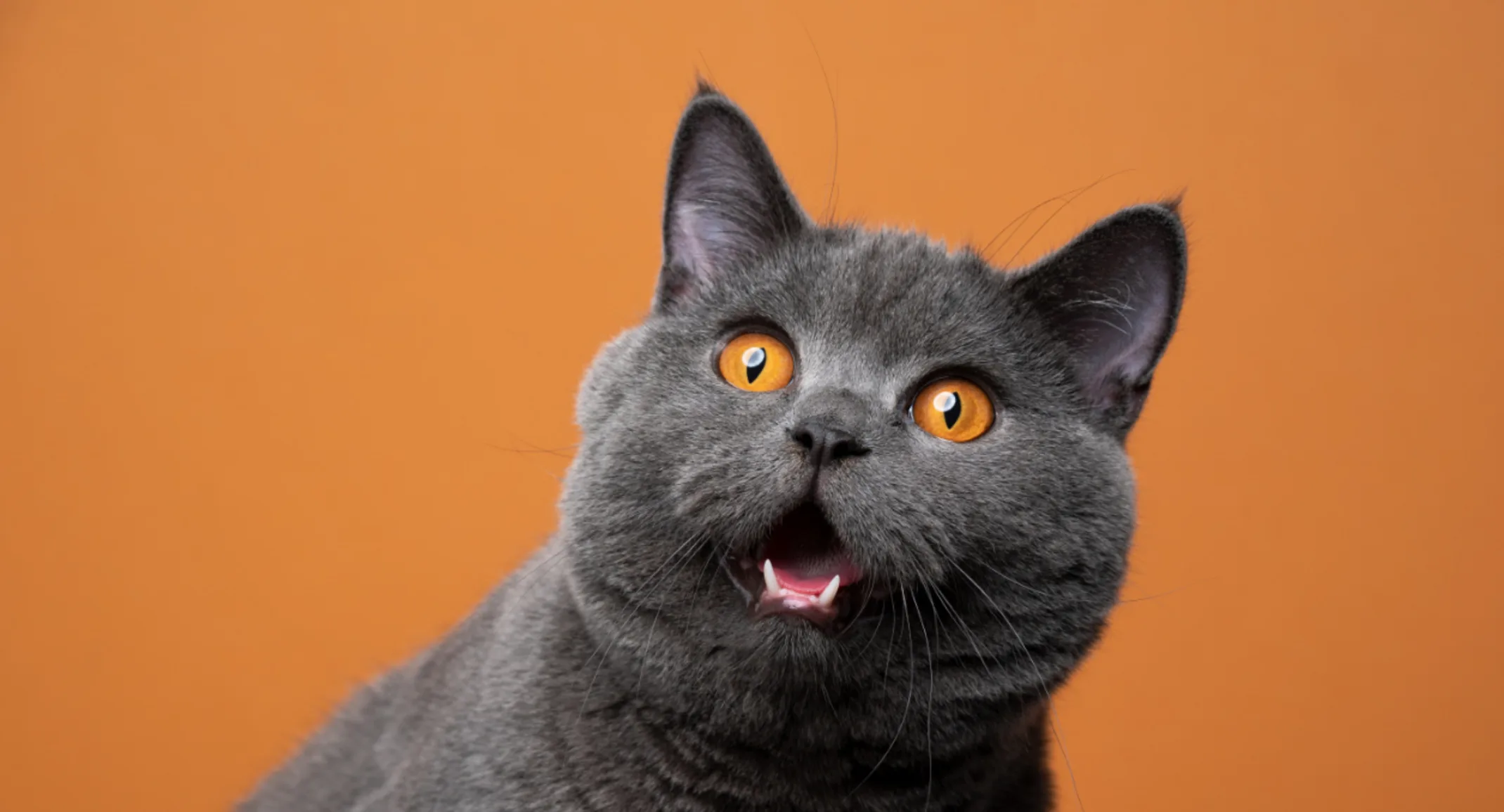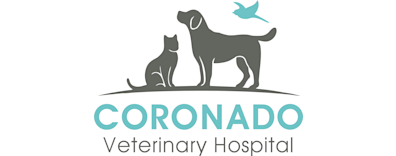Take a "Chill Pill" How we try to manage stress, fear and anxiety in pets before their exam.
Chill Protocol

Take a "Chill Pill"
How we try to manage stress, fear and anxiety in
pets before their exam.
The wellbeing of patients under our care is paramount to our practice ethics. It is what we do! Serve our community by provided care with compassion and integrity. Because of this, we look after companion pets and make them better or improve their lives.
Bringing a stressed, anxious or fearful animal to the vet can be distressing not only for the pet, but also their owners. It is also important to realize that even with the utilization of Fear Free and Stress Free techniques, these pets can become a significant challenge to our team who are tasked with providing them care.
Often, the behavior of these pets can affect our examination which can then ultimately affect diagnosis, treatment and prognosis. Indeed in some extreme circumstances it can prevent some tests, treatments and procedures from being completed. Not only this, but some animals can be dangerous to our staff, owners and other patients if their fear/stress isn’t managed appropriately.
In fact, recent studies have shown that owners of an animal who has shown extreme reactions to going to a veterinary practice, are more likely to avoid bringing their pets in which can delay vital medical or surgical car for their pets.
What happens with a fearful/stressed/anxious animal at the vets?
Typically, these pets can show the following type of behavior:
Not wanting to come into the building
Pulling away from being examined
Struggling when being examined
Expressing their emotions with fear based behavior such as biting, scratching, etc.
On a more detailed level, these pets often have increasing amounts of stress hormones such as adrenaline and cortisol due to the “fright/flight” response and this can alter appearances of things during the examinations, such as heart rate, respiration rate, blood pressure and reflexes, as well as make them respond to some drugs very differently.
It is well known that anesthesia can be much harder to manage in animals that are stressed or anxious and often higher doses of drugs are required to achieve the desired effects. This in turn can increase risk or the procedure, as well as how smooth the induction and recovery can be.
It has also been shown that stressed animals can have poorer responses to treatment as the stress hormones can delay wound healing or make them more likely to get an infection.
How can we make a nervous pet’s visit to the vet less stressful?
Unfortunately, just avoiding visiting the vet isn’t the best option. Here are a few tips the help your pet have a better experience.
1) Minimize waiting room stress.
Some pets do better waiting outside or in the car until their appointment time. You may also want to consider scheduling your appointment at a time that tends to be a bit quieter and less stressful.
2) Veterinarian/Technician response to the pet.
Where possible, our Veterinary Team will try to utilize as many fear free or stress free techniques. Our team will take their time with your pet and may utilizing tools such as treats, pheromone infused towels, etc to make your pet’s experience a positive one.
3) Consider “Happy Visits”
Consider desensitizing your pet to the smells and movement of the hospital. This can be done with a well pet by bringing them in for a “Happy Visit”. Come in, get a weight on your pet and your pet can get showered with treats and love by the staff without anything really being done to them.
4) Dogs that need to be muzzled
If you have a pet that needs to be muzzled, please know that it is okay. Get your pet familiar with a muzzle by having him/her wear it at home in a more comfortable environment. A muzzled dog does not mean he is bad or going to bite. It means that both you and your pet are more comfortable with the idea and understanding safety for your pet and the people around him/her. There are a lot of good online resources about muzzle training anxious pets at home.
5) Consider using medications to help calm your pet down PRIOR to the visit.
These medications, also known as the chill protocol, can be super helpful when working through your pets stress and anxiety of coming into the veterinary hospital.
What is the “Chill Protocol” and how does this help your pet?
Over the past few years, veterinarians and veterinary behaviorists have developed a protocol using a combination of safe medications, that are intended to be given at home and prior to a visit to the vet. The aim of these medications are to reduce/manage your pet’s fear/anxiety about the appointment and turn it into a more positive one. When we turn the whole experience into a positive one, both you and your pet are more comfortable during the appointment allowing for a more complete examination. Continued visits like this will improve your pet’s anxiety about coming to the veterinary hospital and make it a more enjoyable experience, rather than a negative one which is likely to get worse with future appointments.
Gabapentin
This is a commonly used medication with a very wide and safe dosage range. It is typically used as either an anti-convulsant medication or for pain management. It has a mild sedatory effect and is very safe to be administered with other agents. On its own, this medication is extremely effective in cats, but in dogs usually needs to be combined with other medications. It is generally given:
A dose the night before a visit
A second dose 2 hours prior to the actual visit
Trazodone
This medication is commonly used to help with anxiety in pets and is often used to help restrict exercise in post-surgical patients. Trazodone is safe to be administered in combination with other medications but should not be given to pets that are taking CBD oil or any other SSRI type of medication. On its own, it is generally given:
A dose the night before a visit
A second dose 2 hours prior to the actual visit
As an ongoing treatment for anxiety every 12 hours
Melatonin
Melatonin is a natural hormone produced by the brain and regulates sleep patterns. The body naturally produces more at night then during the day. It can be safely used in veterinary patients with no contraindications at all and is very safe. The dose does depend on the weight of the dog and care should be taken if human tablets are being given to avoid any that may contain Xylitol, as this is toxic to animals.
Acepromazine (ACP)
ACP is routinely used in General Practice as a tranquilizer or is often part of the “premedication” protocols for any anesthetics. While tablet dosing can cause varied sedation levels and time-frames, the use of the injectable form given trans-mucosally or “into the mouth” has shown to give a much more reliable level of sedation in a more predictable time window.
This medication is not always required as part of the “chill-protocol” but if deemed necessary, than it is provided as a single dose in a syringe that the owner will squirt into the mouth approximately 30 minutes to 1 hour prior to the actual visit.
What is the goal of using the “Chill Protocol”?
Using the Chill Protocol is a safe and often very effective way of reducing the stress and anxiety that your pet may experience coming to the vet. This then allows:
Your pet to have a less traumatic visit
The Veterinary Team the ability to provide a more thorough, detailed and meaningful examination and/or treatment regime.
A better outcome for your pet
A less stressful experience for the owners bringing the pet to the practice!
